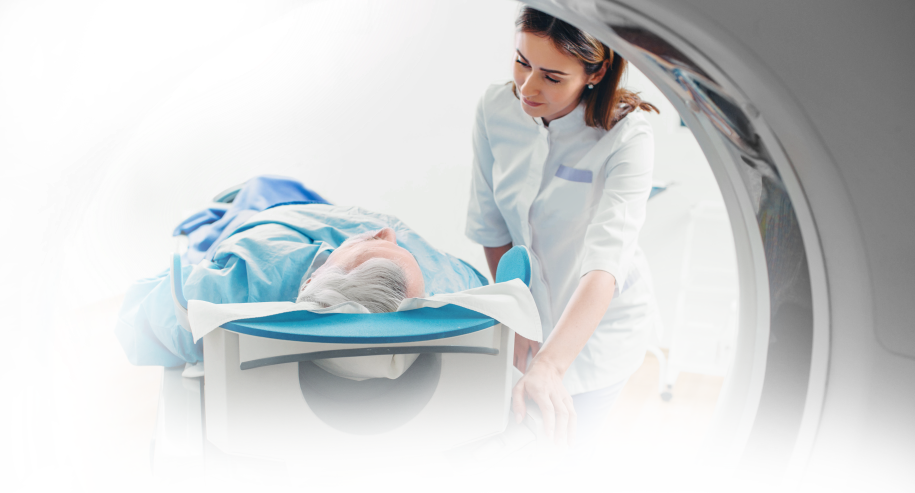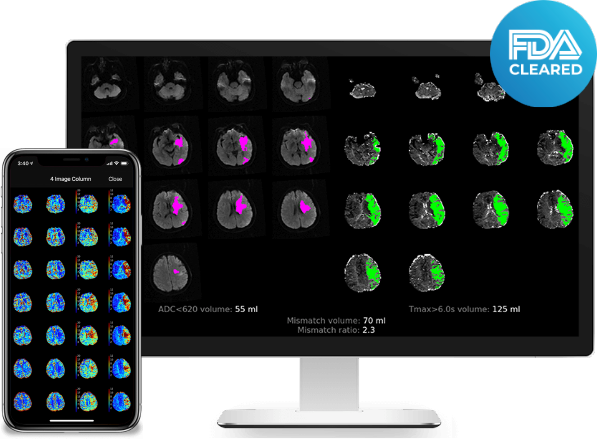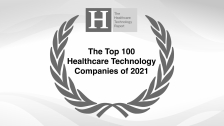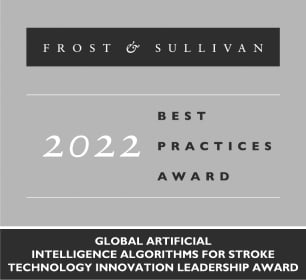We’re here to help. Patient safety and stroke workflow efficiency are our #1 priority. Working with industry leaders, experts, and our customers, we’ve developed a set of resources to help imaging teams manage through the current contrast shortage situation.
MRI has been identified by the FDA, the American College of Radiology, and other expert institutions as an alternative solution for contrast imaging. The content below will be useful for those who are considering switching from CT to MR for acute stroke imaging protocols, including details on Rapid MRI, an excellent alternative to your current CT scan protocol for stroke patients.





